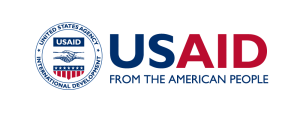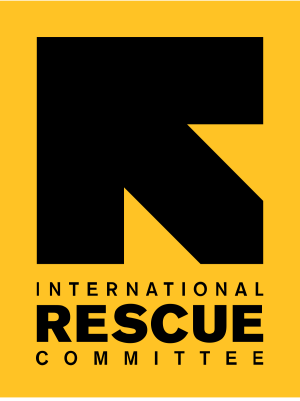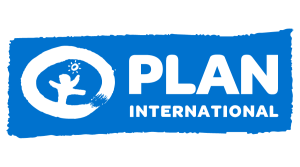
Led by: Plan International and Grow Strong Foundation
Contact us at: caafag.tf@alliancecpha.org
Our Mission
The overall goal of the Children Associated with Armed Forces and Armed Groups (CAAFAG) Task Force is to coordinate and collaborate amongst humanitarian responders and development actors and to provide technical support and capacity building to field practitioners to strengthen quality programming in emergencies and protracted crisis that prevents recruitment, facilitates release and responds to the needs of children associated with armed forces or armed groups.
Key Priorities of the Children Associated with Armed Forces and Armed Groups (CAAFAG) Task Force
- Increase field practitioner access to and use of inter-agency guidance and tools to prevent and respond to child recruitment in armed forces and armed groups.
- Enhance the knowledge, skills and behaviour of humanitarian and development responders to prevent and respond to child recruitment into armed forces and armed groups.
- Share evidence, research, good practices and lessons learned that contribute to a better understanding of CAAFAG issues and effective response.
- Facilitate linkages between the CAAFAG TF and the other global platforms and initiatives, including but not limited to Paris Principles Steering Group and other Task Forces and Working Groups under the Alliance for Child Protection in Humanitarian Action.
Latest News
Día de la Mano Roja 2025

El MOOC de la Alianza disponible GRATIS - ¡Fin de marzo de 2025!

Día de la Mano Roja 2024

Encuesta en línea: El Reclutamiento de Niños por Grupos Armados Designados como Organizaciones Terroristas

Organizaciones miembros del Grupo Operativo
Key Tools
Nota técnica | niñas asociadas a fuerzas y grupos armados: lecciones aprendidas y prácticas óptimas en la prevención de su reclutamiento y durante su participación, liberación y reintegración

Esta Nota Técnica aporta información sobre los desafíos al que se enfrentan las niñas asociadas a las fuerzas y los grupos armados (GAAFAG, por las siglas en inglés) durante su reclutamiento, el período de asociación y su reintegración, al igual que las lecciones aprendidas y las prácticas alentadoras para implementar programas de prevención, liberación y reintegración con perspectiva e
Webinars
Seminario web | Sanando el futuro: Gestión de casos para niños vinculados con fuerzas y grupos armados

Seminario web | Doble campo de batalla: Proteger a los niños reclutados por grupos armados y por organizaciones criminales

Seminario web | Capturando voces: generación de evidencia para CAAFAG

Lanzamiento virtual de la nota técnica sobre Educación para el CAAFAG

Lanzamiento virtual de la Nota Técnica de Medios de Vida para CAAFAG











